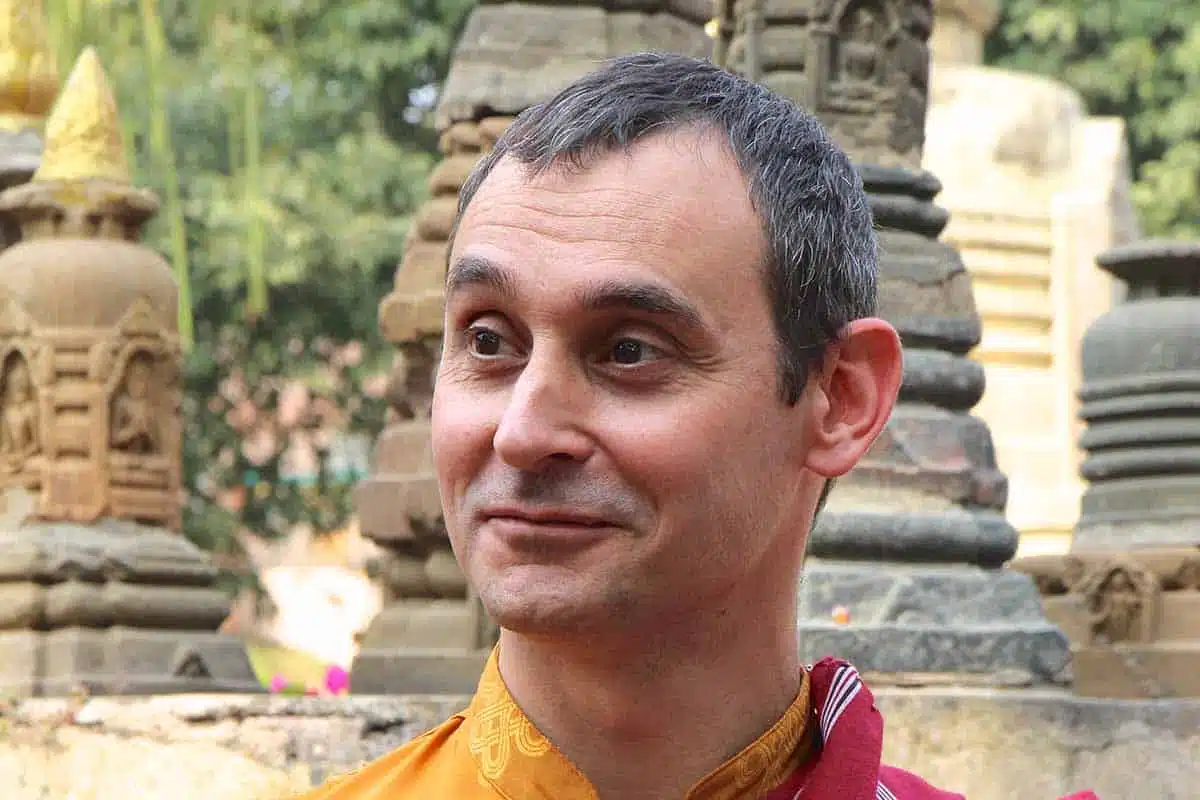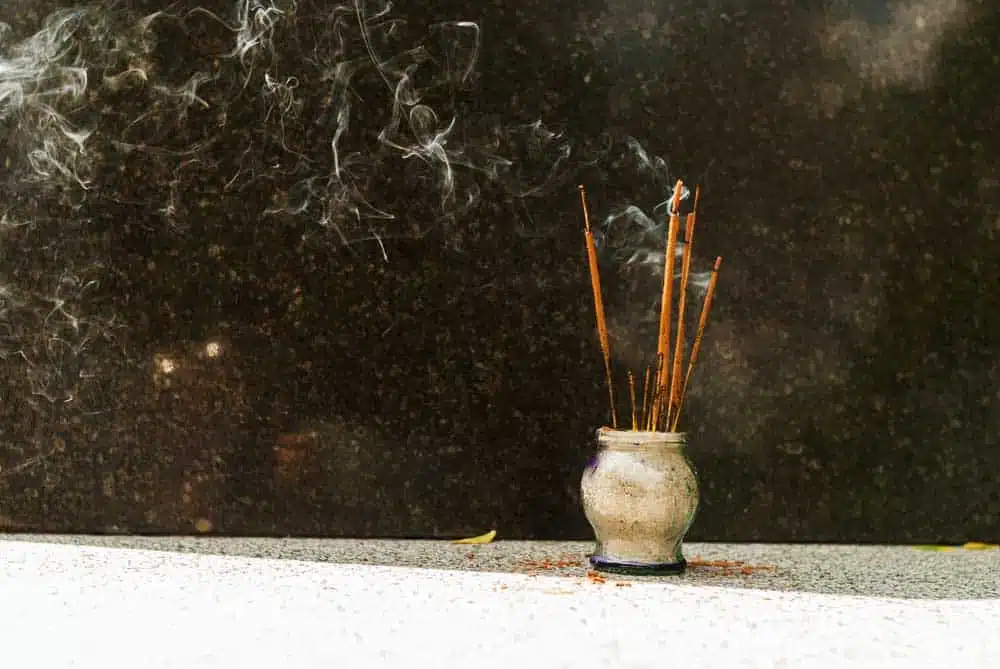New Year’s Sweep

Written By Mila Khyentse
Blog | Culture and tradition
In “New Year’s Sweep”, Mila Khyentse talks about the tradition of the old and new year in Tibet… with a sweep. Happy New Year!
Series: New Year
New Year’s Sweep
In the Tibetan world, you never start a new year without finishing one. Obvious, you might say. Essential, however, for the traditional way of thinking. On New Year’s Eve, the last day of the year that’s coming to an end, Tibetan families clean the house from top to bottom to welcome in the new year. This ancient ritual is a way of marking time and moving forward. During this day of multiple sweeps, we have plenty of time to reflect on all that has happened in the past year. By separating out what we loved from what we hated, or what left us indifferent, we can come to the conclusion of this year and make way for the new one.
“So, let’s pick up our brooms and welcome in the New Year.”
We also take this opportunity to make « kabsés”, doughnuts, and bring out « sho”, yogurt, two essential elements of the New Year’s feast, along with « arak”, strong alcohol, of course. The day of the sweep is very important in the ritual of a year’s life. Like all rituals, this date helps to mark and structure the lives of individuals in the community, and to connect them to something they can relate to: time and its passage. Another essential notion of this New Year’s sweep (or rather, the old year’s sweep) is that of “purification”, which is also very present in the Tibetan world. In addition to cleansing, offerings of bsang (pronounced “sang”), juniper branches that are burned, are made to purify the accumulated karma of the past year and to propitiate the passage to the next. This notion of purifying the old to make way for the new is also very important in traditional thought, and is also found in many other cultures. Purification and past, propitiation and future have always characterized Tibetan thought, as well as our own in the western Traditions. Even if we’ve forgotten it today, we still bid farewell to the old year and rejoice in the arrival of the new one. Ultimately, of course, these are only illusory markers. The primordial nature of the Great Perfection is not contained (only) within these boundaries. Nevertheless, these dates, these gestures, these principles and their continuity across time and generations, help us to inscribe ourselves in a legacy, to connect with our roots, and to be able to share them with the world around us and with future generations. They remind us that we need to take care of our memory, so that we can pass it on to the next generation. They also remind us that we need to remember in order to care. So, let’s pick up our brooms and welcome in the New Year.
ལོ་གསར་མ་བཀྲ་ཤིས་བདེ་ལེགས།
Happy New Year!
More Posts
The ground of all Künshi
This article “The ground of all, Künshi” provide a better understanding of the essential words and concepts of Dzogchen.
The Four Testaments of the Vidyādharas
This article from Grégoire presents the" Four Testaments of the Vidyādharas", essential teachings from the early masters of Dzogchen.
The Story of the First Masters: Garab Dorje
“The Story of the First Masters: Garab Dorje” is the first article in a new category about the masters of the Dzogchen lineage.




